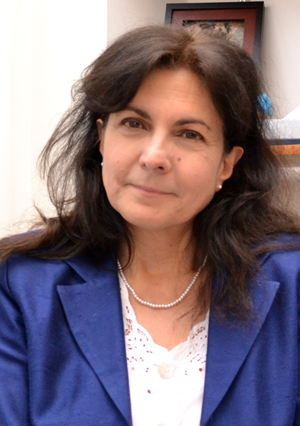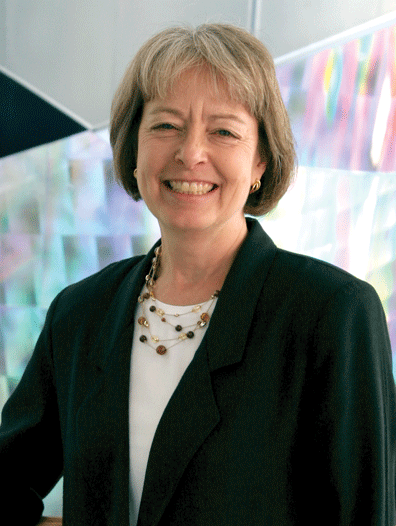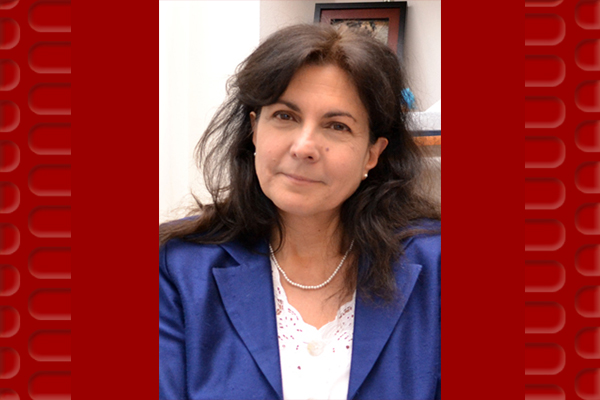Iowa State University, known for teaming up with industry in its research endeavors, is now taking that partnership approach to a new level as the lead institution in the Center for e-Design.

The Center for e-Design is a collaborative research partnership organized and funded under the National Science Foundation’s Industry/University Cooperative Research Centers Program (I/UCRC). Iowa State assumed lead institution status for the center in October, part of seven universities and over forty companies with the goal of finding innovative solutions to engineering challenges in industry.
The center was first formed in 2003. Janis Terpenny, who joined Iowa State in August of 2011 as the Joseph Walkup Professor and chair of the Industrial and Manufacturing Systems Engineering Department, is the center’s director. She co-founded the research center while on the faculty of the University of Massachusetts, brought Virginia Tech into the consortium while on the faculty there, and has worked closely with a team of faculty across several departments and colleges for the now successful addition of Iowa State. Judy Vance, the Joseph C. and Elizabeth A. Anderlik Professor of Engineering and professor in the Mechanical Engineering Department, is the site director for the Center for e-Design at Iowa State.
“There are so many wonderful things going on at Iowa State that are pushing the boundaries of how products and systems are designed and built, as well as how students are educated and trained to be innovators and take on these challenges. To my delight, some of the collaborators I have worked with for years were already in place here,” said Terpenny. “Part of my recruitment to this appointment was the support and enthusiasm for bringing the Center for e-Design to Iowa State.”
The Center for e-Design focuses on the design and realization of products and systems, with industry and academia working collaboratively.

“The question is, how can we do things faster, smarter, and at less cost?” says Terpenny. “In academia we are increasingly interested in advances that cross domains and are widely applicable. This consortium addresses this. Whether the challenge is related to the design of aerospace or farm equipment or automotive manufacturing, many of the same strategies or solutions would benefit all of them.”
Involvement in the research coalition pays big dividends not only to higher education, but also to the companies who fund the projects through their membership.
“At the university it’s a wonderful way to bridge research and practice,” says Terpenny. “Faculty and students are solving fundamental problems, but they are also informed about what those problems truly are and develop proof of concept solutions. They get a lot of very valuable feedback from industry as they make progress.”
In turn, explains Terpenny, the companies involved have access and rights to the scholarly publications and inventions that come out of the consortium agreement.
“For a modest investment they have access to all the research, and all the projects in the center across all the universities. They are actually benefiting quite a bit more than if they had just a single directed project with a single university,” says Terpenny. “In addition, many companies enjoy working with, and in many cases hiring, our very best students.”
Vance’s leadership has been key to building the team at Iowa State that includes collaborations involving 34 faculty members in the College of Engineering, the College of Design, the College of Business and eight industry partners
“Being able to present potential research projects to industry representatives is one of the benefits for faculty involved in the center,” said Vance. “Often times it can be hard to get access to the right industry contacts. With the center organization, faculty have access to industry leaders who have already demonstrated their interest in Iowa State and research by joining the center.”
Vance said the Center for e-Design has launched three projects: one with a goal of improving supply chain performance through inclusion of warehouse logistics; a second with a goal of improving and expanding an educational program to identify high school students with aptitude for engineering; and a third that is focused on product design strategies and support for decision-making that help to predict and avoid negative impacts from product obsolescence.
More projects will follow, said Vance, with additional opportunities for networking and funding.
“It’s all about building a community on campus that has complimentary skills and design capabilities,” she said. “The more tightly we are able to work as faculty, the more we’re exposed to each other’s ideas and to the challenges of industry, the bigger opportunities and funding we’ll find.”
Learn more about the Center for e-Design at its website: www.center4edesign.org
The National Science Foundation administers approximately 60 I/UCRCs, funded by $15 million in grants from the NSF in 2011. Learn more about I/UCRCs at the National Science Foundation website: www.nsf.gov/eng/iip/iucrc/
